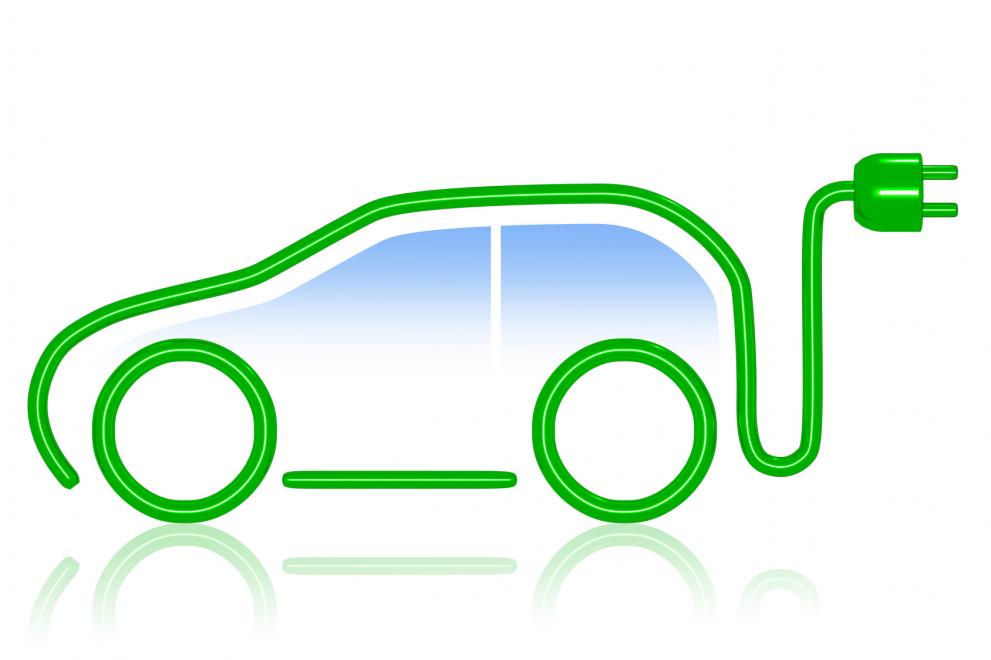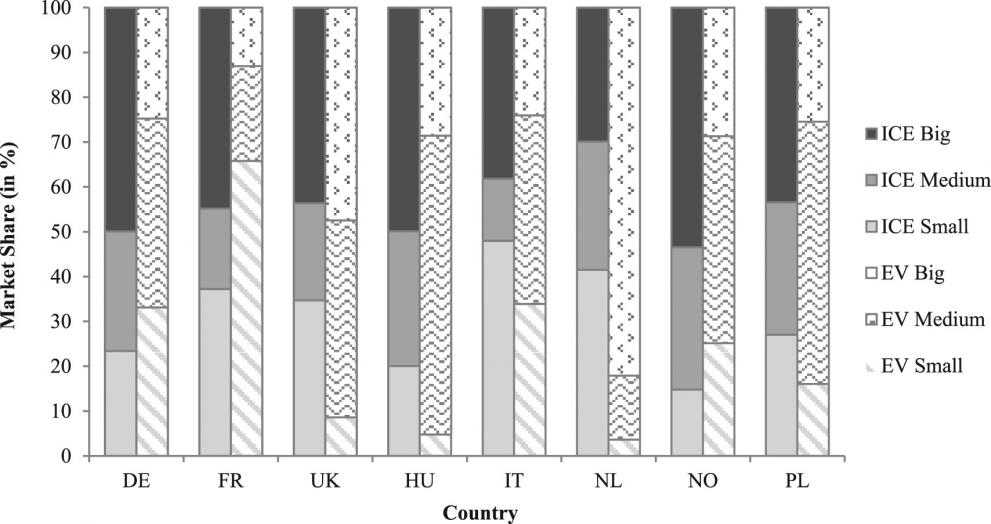
A new study on fiscal incentives and electric vehicles sales by the Joint Research Centre (JRC) – the European Commission's science and knowledge service – has found a high correlation between financial inducement and the purchase of an electric vehicle.
The report can serve as a useful guidance for governments and policy-making bodies in their strategy to promote electromobility. Electromobility can be an effective solution to contribute to the targets set in the Paris Climate Accord and to deliver on the Commission's agenda for a clean, competitive and connected mobility for all.
Why fiscal incentives for electric cars?
One of the biggest barriers to market breakthrough of electric vehicles is that they are currently not cost-competitive with internal combustion engine (ICE) vehicles. For this reason governments use different types of fiscal incentives to stimulate sales of electric vehicles, ranging from total or partial tax exemptions to direct subsidies.
According to the new study – the design of these incentives can have a big impact not only on total EV sales but also on their distribution across vehicle segments.
Tax exemption or subsidy?
The JRC scientists performed a pairwise comparison of total cost of ownership and electric car sales in eight European countries – France, Germany, Italy, Hungary, Netherlands, Norway, Poland, UK – in order to assess and evaluate how the various financial incentives may have stimulated the market penetration of electric vehicles.
They composed comparable pairs of e-vehicles and ICE vehicles that allowed cross-segment and cross-country comparison in the eight countries.
The findings reveal that the relationship between the costs of owning a car and sales of a respective vehicle varies in different car segments.
Compared to their ICE equivalent, big electric vehicles have lower total cost of ownership, higher sales and seem to be less price responsive than small electric vehicles.
From the results, three country groups were identified according to the level of impact of fiscal incentives on the total cost of ownership and electric vehicle sales.

In Norway, a country group on its own, where incentives range between 39-67% of the net price for battery electric vehicles and 17-23% of the net price for plug-in hybrid electric vehicles, the total cost for owning electric vehicles is the lowest. In the Netherlands, France, and UK (second group) the cost of either owning e-vehicles or conventional cars are close to each other.
The French and British incentive schemes are different in that EVs are eligible for direct subsidies upon purchase. In the Netherlands, France and the UK the calculated incentives vary between 10% and 40% of the net EV price. Lastly, in Germany, Italy and Hungary it is more expensive to own an electric vehicle than a convential car.
Although in these three countries EVs are exempt from the annual circulation tax, the amount is not high, ranging below 10% of the net EV price.

Market very susceptible to policy changes
It is worth noting that recently Germany introduced a subsidy for EV, similar to the French and UK subsidies which almost doubled EV sales, according to the latest sales numbers.
Meanwhile the Netherlands reduced the incentives for plug-in hybrid electric cars, which led to considerably fewer registrations of this variant. At the same time, Norway increased the incentives for plug-in hybrid cars, which led to a surge in their registrations.
The transport sector is one of the main contributors to human-caused climate change worldwide, accounting for 23% of global energy related greenhouse gas (GHG) emissions.
It is the only major sector in the EU where Greenhouse Gas (GHG) emissions are still rising. In particular, road transport accounts for more than 70% of all transport GHG emissions.
On 31 May 2017, the Commission therefore proposed a long-term strategy to accelerate the shift to clean and sustainable mobility and strengthen Europe's competitiveness.
Electromobility can be an effective solution to contribute towards decreasing global warming temperatures by 2 degrees, in line with the “Paris Declaration on Electro-Mobility and Climate Change and Call to Action” initiative as well as the general goals of EU policy in the roadmap to a Single European Transport Area.
In order to achieve this goal, electric vehicles have to represent 35% of global vehicle sales by 2030, according to the action plan.
Background
The aim of the European Union to improve the transport sector relies on new technologies and innovative ideas such as electro mobility, the deployment of intelligent transport systems (ITS) and integration of automatic vehicles.
A recent JRC study on "The r-evolution of driving: from Connected Vehicles to Coordinated Automated Road Transport (C-ART)" explores how connected vehicles and intelligent systems will change our transport and the (r)evolution they would bring to people's lives.
Related Content
Study on fiscal incentives and electric vehicles sales
The r-evolution of driving: from Connected Vehicles to Coordinated Automated Road Transport (C-ART)
Details
- Publication date
- 24 August 2017
